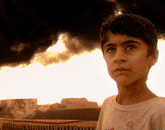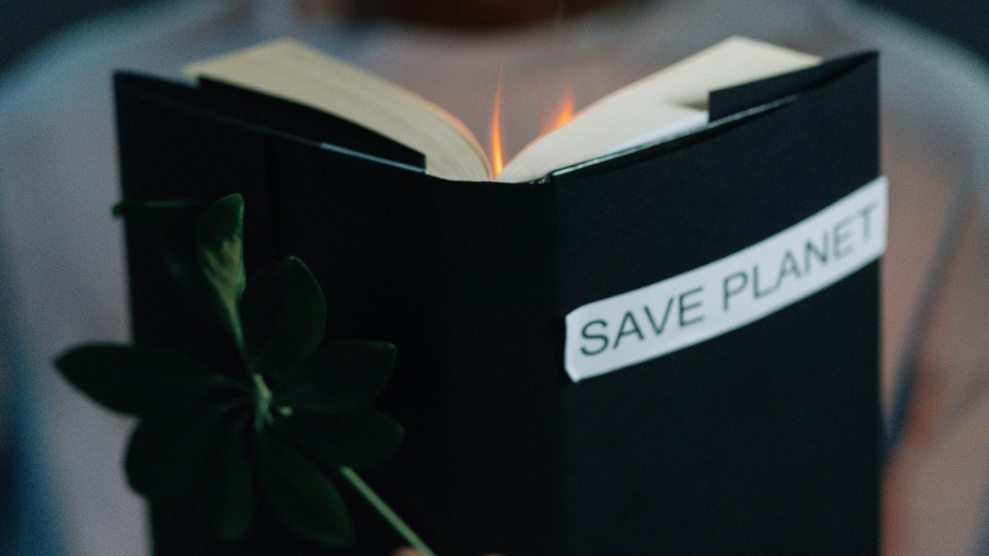
In the language of film criticism, “a beautiful film” is often code for a work that is well-shot but short on substance. On aesthetic grounds alone, James Longley’s new documentary, Iraq in Fragments, will make cinematography fans giddy. The film is a widescreen mix of exotic landscapes, peeling paint, unfiltered florescent lights, dark smoke, and painfully revealing close-ups, assembled like the pages of a masterfully composed scrapbook. Fortunately, the film is more than just an artistic achievement. Iraq in Fragments is a haunting collection of moments smuggled from a country politically and spiritually arrested by years of despotism. It is a stylized view of Iraq, but also a brave attempt to capture how Iraqis view themselves.
Not one for rooftop reporting, Longley snuck into Iraq without a visa or permission to film in February 2003. Over the next two years, he stayed in neighborhoods and villages for months at a time, recording 300 hours of video. As a result of his persistence and guts, Longley is able to paint intimate character studies that don’t feel staged. The film’s structure—dictated by a combination of ad hoc storytelling, visual opportunism, and the director’s need to stay alive—shows great patience, a rare quality among the increasingly crowded genre of Iraq War documentaries.
Iraq in Fragments is split into three chapters of equal length. The first is set in a Sunni neighborhood of Baghdad, where an 11-year-old mechanic’s assistant named Muhammad Haithem is forming an understanding of the recent American invasion. Capturing shards of overheard conversations and relying on Muhammad’s unscripted narration, Longley subtly shows how the boy’s longing to return to the time before the invasion and his loyalty to an abusive boss echo Sunnis’ conflicted nostalgia for the relative security and privilege afforded them under Saddam Hussein.
The film’s second chapter, shot in the southern cities of Nasiriyah and Najaf, documents the rise of Moqtada al-Sadr’s militias in the summer of 2003. In gaining the confidence of Sheikh Aws al Kafaji, a leading Shiite cleric in Sadr’s faction, Longley provides an unprecedented glimpse into how a deep resentment of the American presence in Iraq fuels radical Islam. Bitterness over Iraq’s colonial past, America’s support for Saddam during his war with Iran, and the plight of the Palestinians provide convenient rallying points as the cleric labels the United States the region’s “greatest oppressor.” “[The Americans] came to teach us of Western democracy,” Sheikh Aws preaches, “but killing, displacement, torture, and arrests without charge is the democracy they have brought us.”
After these portraits of bitterness and desperation, Longley’s treatment of Iraqi Kurdistan, where his film’s final chapter unfolds, feels more romantic. While recording the fatalistic musings of an elderly Kurdish goat herder, his camera lingers on the black smoke billowing from brick kilns and follows children playing among sunflower stalks. Amid this beauty and calm, Kurds haunted by Saddam’s brutal legacy speak of a deep desire for independence and recognition of past acts of genocide. As the Kurds descend on the polls towards the end of the film, there’s a faint hint of hopefulness.
Iraq in Fragments has no overt political axe to grind. While presenting thoughtful conversations about the future of Iraq alongside acts of violence, Longley does not project a false sense of moral clarity. He shows the country’s swirl of competing ambitions without passing judgment. If the film’s rich insights are primarily visual, it’s hardly a liability. Iraq in Fragments’ power resides in its images, not editorializing.








